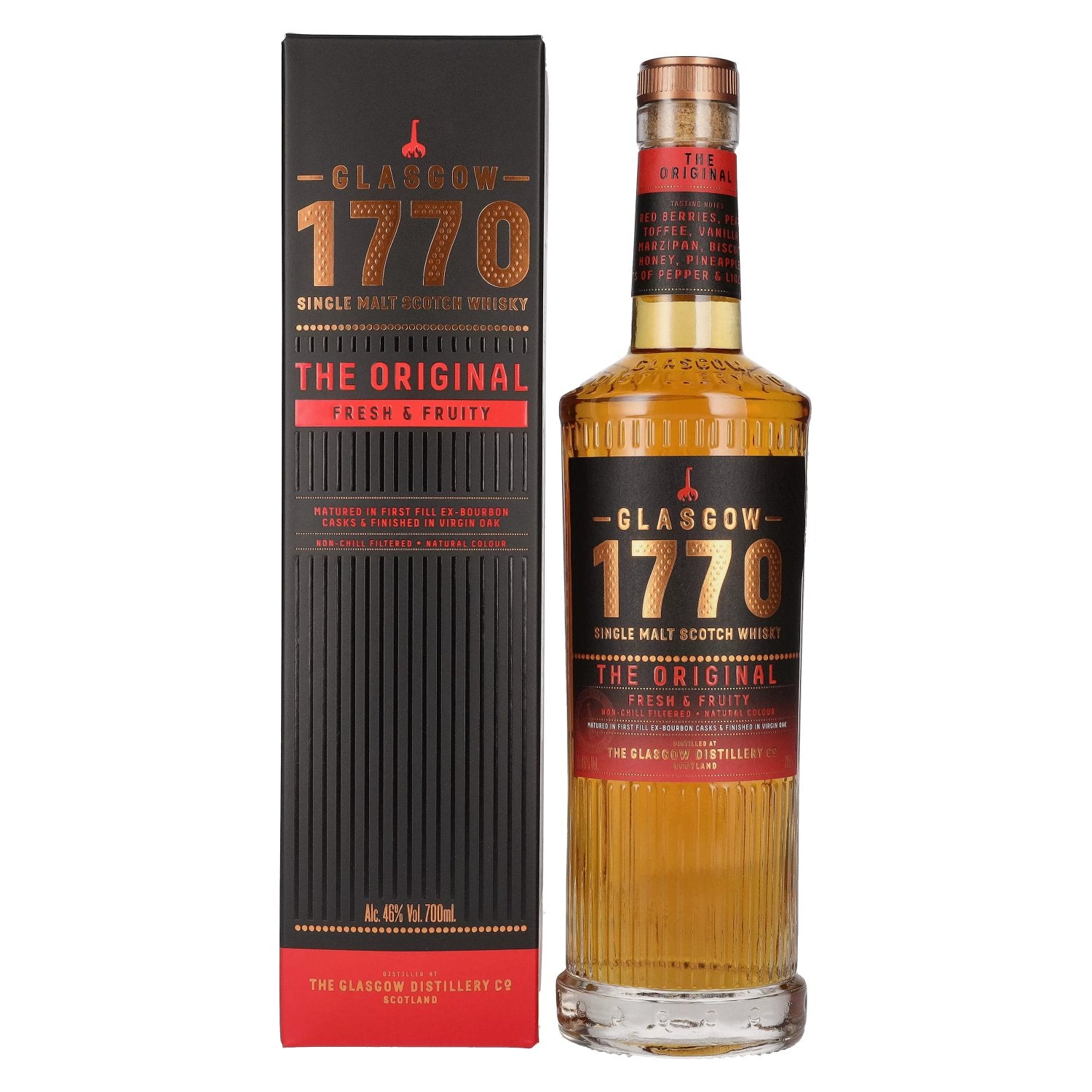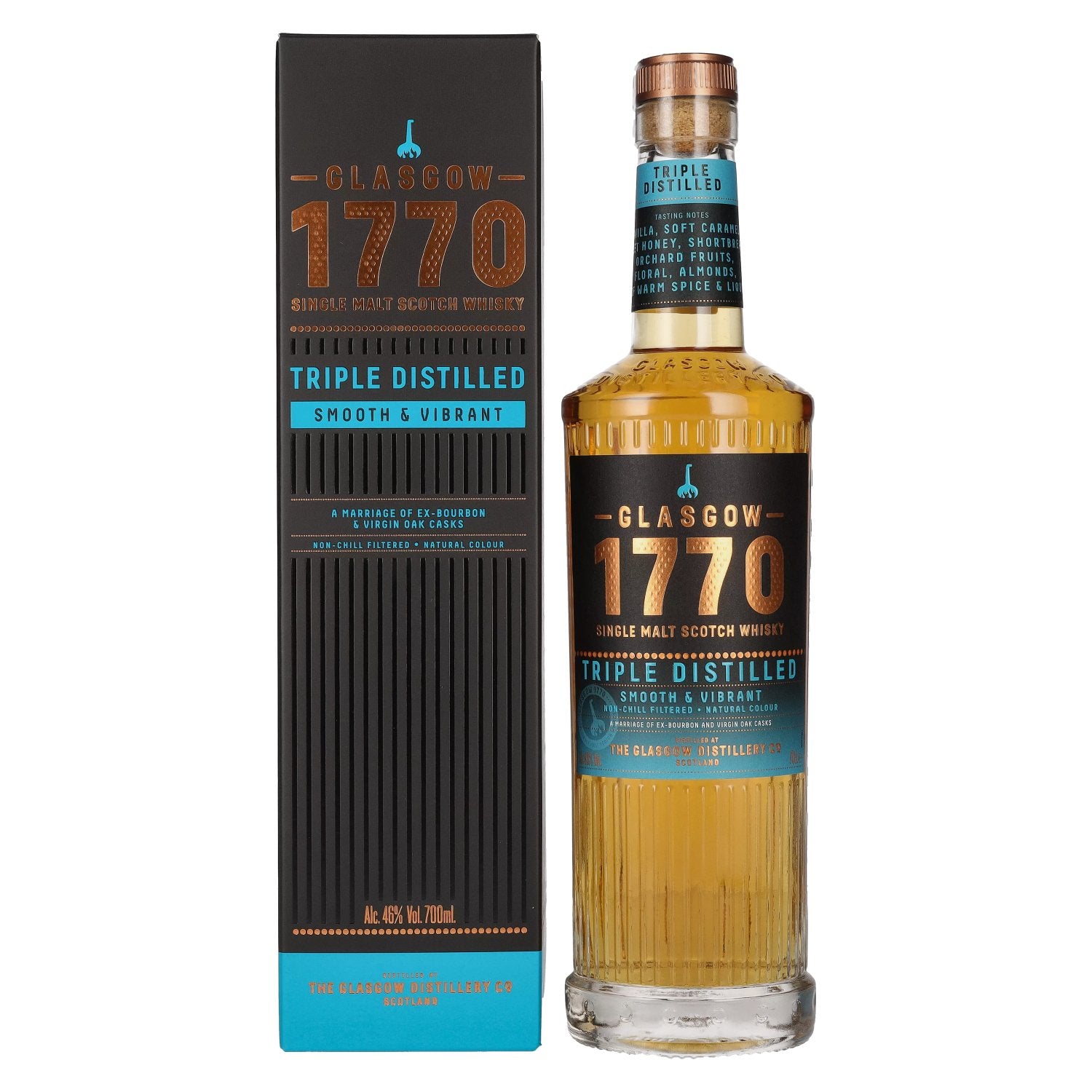Bourbon, often hailed as America’s native spirit, is more than just a type of whiskey; it's a cultural icon and a testament to American craftsmanship. With its deep amber color, rich flavor, and complex history, bourbon has captured the hearts of whiskey enthusiasts around the world. In this article, we will delve into the fascinating world of bourbon, exploring its origins, production process, distinct characteristics, and ways to enjoy this beloved spirit.
The Origins of Bourbon
The history of bourbon is intertwined with the history of America itself. The name "bourbon" is believed to have originated from Bourbon County, Kentucky, though the spirit was produced in various parts of the state. Kentucky’s unique combination of climate, water, and soil made it an ideal location for producing this distinct whiskey.
Bourbon’s roots date back to the late 18th century, when settlers in Kentucky began distilling whiskey using corn, which was abundant in the region. By 1964, the U.S. Congress recognized bourbon as a "distinctive product of the United States," solidifying its status as America’s native spirit.
The Bourbon Production Process
The production of bourbon is a meticulous process governed by strict regulations to ensure its quality and authenticity. Here are the key steps involved:
-
Mash Bill: Bourbon must be made from a grain mixture that is at least 51% corn. The remaining grains can include barley, rye, and wheat. This mixture is known as the mash bill.
-
Mashing: The grains are ground into a coarse meal and mixed with water. This mixture is cooked to convert the starches into fermentable sugars.
-
Fermentation: The cooked mash is transferred to fermenters, where yeast is added to convert the sugars into alcohol. This process typically takes three to five days and results in a beer-like liquid called "wash."
-
Distillation: The wash is distilled twice, usually in a column still followed by a pot still. The distillation process increases the alcohol content and refines the flavors.
-
Aging: The distilled spirit, known as "white dog" or "new make," is aged in new charred oak barrels. By law, bourbon must be aged for at least two years, but most premium bourbons are aged for longer. The aging process imparts the rich amber color and complex flavors characteristic of bourbon.
-
Bottling: After aging, the bourbon is filtered, diluted to the desired proof, and bottled. By law, bourbon cannot contain any additives or coloring, ensuring its purity and authenticity.
Distinct Characteristics of Bourbon
Bourbon’s flavor profile is distinct and multifaceted, offering a unique drinking experience. Here are some of its key characteristics:
- Sweetness: The high corn content gives bourbon a natural sweetness, often accompanied by notes of caramel, vanilla, and honey.
- Spice: Depending on the mash bill, bourbon can have spicy notes from rye or softer, more mellow flavors from wheat.
- Oak Influence: Aging in charred oak barrels imparts flavors of oak, smoke, and sometimes a hint of toasted nuts or coconut.
- Complexity: Longer aging periods develop deeper, more complex flavors, including dark fruit, chocolate, and tobacco.
Enjoying Bourbon
There are numerous ways to enjoy bourbon, each offering a different perspective on its rich flavors:
- Neat: Sipping bourbon neat, without any mixers or ice, allows you to fully appreciate its nuanced flavors and aromas.
- On the Rocks: Adding ice can help mellow the alcohol’s intensity and gradually open up the flavors as the ice melts.
- With a Splash of Water: A few drops of water can release additional aromas and flavors, especially in higher-proof bourbons.
- In Cocktails: Bourbon is a versatile base for many classic cocktails, such as the Old Fashioned, Mint Julep, and Manhattan.
Conclusion
Bourbon is more than just a whiskey; it’s a symbol of American ingenuity and tradition. Each bottle of bourbon carries with it the history and heritage of the people and places that have shaped its production. Whether you’re a seasoned bourbon aficionado or new to the world of whiskey, exploring the rich heritage of bourbon offers a rewarding and flavorful journey.
So, next time you pour yourself a glass of bourbon, take a moment to savor the craftsmanship and history that went into creating this remarkable spirit. Cheers to the enduring legacy of bourbon—America’s native spirit!










